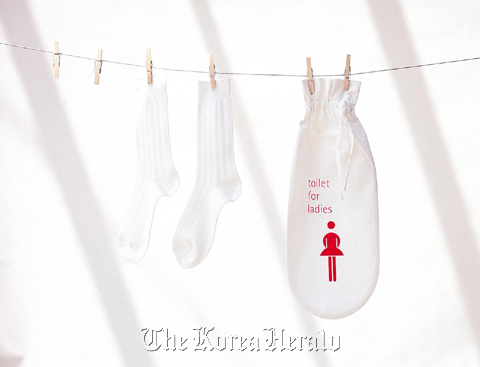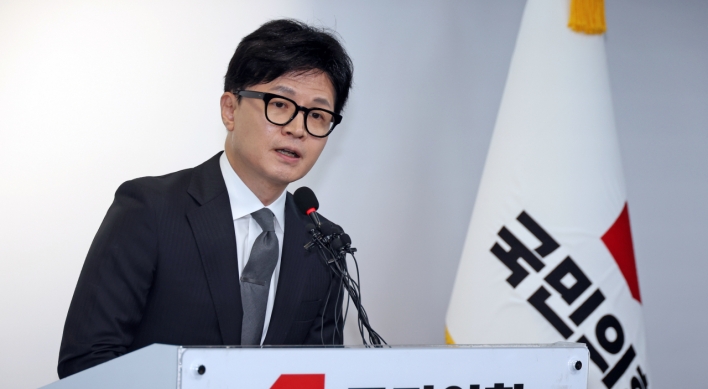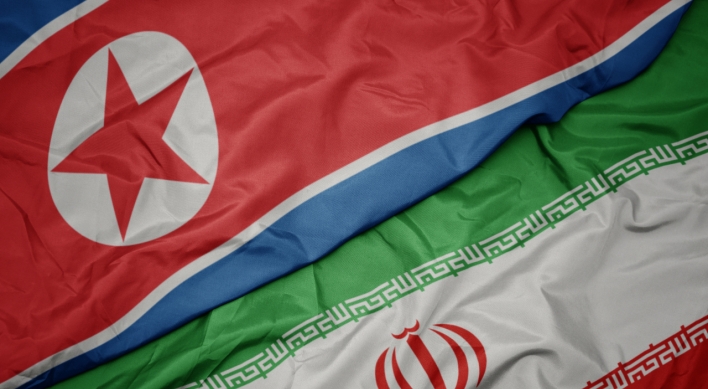
From mega-hit flicks to best-selling cars, industrial designers prove power of design
The spectacular scenes in popular movies “Transformers 2,” “The Avengers” or “Wolverine 2” could not have been created without the final touches of Steve Jung, a concept artist and illustrator.
Cutting-edge combat planes shoot through the sky with an earsplitting roar and gigantic heroes and villains decked in shiny metal armor stamp the earth. Jung created such tangible images and sounds by realizing the abstract ideas of directors and producers.
“I think it is important that we understand what the clients are thinking and imagining, what factors they crave to be realized. It is important to create the visual images and moreover, give them faith that I can give them what they want that no one else can provide,” said Jung in a recent interview.
A good final touch can turn an old Coca-Cola bottle into a coveted “it” item, a fearsome hospital into a welcoming one, and a local carmaker into an internationally acclaimed one. In most cases, now, the final touch means a good design.
Talented industrial designers are in high demand regardless of the industry as companies begin to realize that design can make a difference.
“In most people’s vocabularies, design means veneer. It’s interior decorating. It’s the fabric of the curtains or the sofa. But to me, nothing could be further from the meaning of design. Design is the fundamental soul of a human-made creation that ends up expressing itself in successive outer layers of the product or service,” Steve Jobs, the late founder and former CEO of the design-oriented company Apple, once said.
Bruce Duckworth from Turner Duckworth, a brand design agency based in London and San Francisco, repackaged Coca-Cola bottles and cans in the most simple way: by coloring them red.
The simple packaging stood out on the beverage shelves of supermarkets, which were saturated with florescent bottles and cans at the time, and brought up sales. The simple idea, lauded as the “best Coca-Cola design ever,” won the designer the Cannes Lions Grand Prix in 2008 and 200 other awards.
Kenya Hara, a graphic designer who currently serves as art director of Japanese retailer Muji, softened the ambience at Umeda Hospital in Japan, which had been somewhat austere and intimidating, with white linen.
Considering that mostly pregnant women and nursing mothers spend time in the hospital that specializes in obstetrics and pediatrics, the designer made signs for floor levels or toilets with the white, welcoming linen.
“I also endeavored to make them washable. The reason I used easily soiled cotton is that the high level of hospitality of the facility would be visible in its maintenance of the pure white of the signs,” Hara said in an interview.
The name Peter Schreyer became widely known in South Korea after the former Audi/Volkswagen designer upgraded the image of Kia Motors after joining the South Korean group in 2006 as the Chief Design Officer.
The acclaimed car designer pepped up Kia cars, which used to be considered out-of-date, with innovative designs including the new Kia family look represented by the tiger-like nose grille.
Reborn with a chic, stylish image, the carmaker’s sales soared. It sold about 254 million cars in the global market last year, which was an 81.6 percent increase compared to 2008. In the first half of this year, the company has already sold nearly 140 million cars. The carmaker’s designs swept international awards, including world’s three top design awards ― iF, reddot and IDEA ― as well.
“I always try to concentrate on the big picture. So my priority is Kia’s development as a brand, to build up Kia’s brand image as one of the leading car makers worldwide,” the design guru said in a recent email interview with The Korea Herald.
By Park Min-young (claire@heraldcorp.com)
The spectacular scenes in popular movies “Transformers 2,” “The Avengers” or “Wolverine 2” could not have been created without the final touches of Steve Jung, a concept artist and illustrator.
Cutting-edge combat planes shoot through the sky with an earsplitting roar and gigantic heroes and villains decked in shiny metal armor stamp the earth. Jung created such tangible images and sounds by realizing the abstract ideas of directors and producers.
“I think it is important that we understand what the clients are thinking and imagining, what factors they crave to be realized. It is important to create the visual images and moreover, give them faith that I can give them what they want that no one else can provide,” said Jung in a recent interview.
A good final touch can turn an old Coca-Cola bottle into a coveted “it” item, a fearsome hospital into a welcoming one, and a local carmaker into an internationally acclaimed one. In most cases, now, the final touch means a good design.
Talented industrial designers are in high demand regardless of the industry as companies begin to realize that design can make a difference.
“In most people’s vocabularies, design means veneer. It’s interior decorating. It’s the fabric of the curtains or the sofa. But to me, nothing could be further from the meaning of design. Design is the fundamental soul of a human-made creation that ends up expressing itself in successive outer layers of the product or service,” Steve Jobs, the late founder and former CEO of the design-oriented company Apple, once said.
Bruce Duckworth from Turner Duckworth, a brand design agency based in London and San Francisco, repackaged Coca-Cola bottles and cans in the most simple way: by coloring them red.
The simple packaging stood out on the beverage shelves of supermarkets, which were saturated with florescent bottles and cans at the time, and brought up sales. The simple idea, lauded as the “best Coca-Cola design ever,” won the designer the Cannes Lions Grand Prix in 2008 and 200 other awards.
Kenya Hara, a graphic designer who currently serves as art director of Japanese retailer Muji, softened the ambience at Umeda Hospital in Japan, which had been somewhat austere and intimidating, with white linen.
Considering that mostly pregnant women and nursing mothers spend time in the hospital that specializes in obstetrics and pediatrics, the designer made signs for floor levels or toilets with the white, welcoming linen.
“I also endeavored to make them washable. The reason I used easily soiled cotton is that the high level of hospitality of the facility would be visible in its maintenance of the pure white of the signs,” Hara said in an interview.
The name Peter Schreyer became widely known in South Korea after the former Audi/Volkswagen designer upgraded the image of Kia Motors after joining the South Korean group in 2006 as the Chief Design Officer.
The acclaimed car designer pepped up Kia cars, which used to be considered out-of-date, with innovative designs including the new Kia family look represented by the tiger-like nose grille.
Reborn with a chic, stylish image, the carmaker’s sales soared. It sold about 254 million cars in the global market last year, which was an 81.6 percent increase compared to 2008. In the first half of this year, the company has already sold nearly 140 million cars. The carmaker’s designs swept international awards, including world’s three top design awards ― iF, reddot and IDEA ― as well.
“I always try to concentrate on the big picture. So my priority is Kia’s development as a brand, to build up Kia’s brand image as one of the leading car makers worldwide,” the design guru said in a recent email interview with The Korea Herald.
By Park Min-young (claire@heraldcorp.com)
-
Articles by Korea Herald


![[Exclusive] Korean military set to ban iPhones over 'security' concerns](http://res.heraldm.com/phpwas/restmb_idxmake.php?idx=644&simg=/content/image/2024/04/23/20240423050599_0.jpg&u=20240423183955)

![[Graphic News] 77% of young Koreans still financially dependent](http://res.heraldm.com/phpwas/restmb_idxmake.php?idx=644&simg=/content/image/2024/04/22/20240422050762_0.gif&u=)



![[Pressure points] Leggings in public: Fashion statement or social faux pas?](http://res.heraldm.com/phpwas/restmb_idxmake.php?idx=644&simg=/content/image/2024/04/23/20240423050669_0.jpg&u=)










